
If something is clogging your gut, it is known as an intestinal obstruction. It’s possible that food and stool won’t be able to move around easily. Digested food flows from your stomach to your rectum when your intestines are working properly. Your body breaks down food into useful bits and converts the remainder into excrement along the process (stool).
What to eat with a bowel obstruction? Varying amounts of food can help relieve abdominal pain and flush out complete blockages. A liquid diet with natural laxatives (such as coffee or prune juice) can clear a serious bowel blockages. Other diets of wild rice, raw vegetables, and refined grains may also help.
A fluid diet is perhaps the most common, but least pleasant, way to clear an obstacle. Taking a portion of fruit to a blender for a smoothie can be enjoyable in moderation, but constantly tossing fruits with skins in for a meal can become tiresome.
If you’re eager to avoid having to remove tough skins from your food just to ease some of the more severe symptoms, then put that portion of fruit down. We have several ways to diet around a bowel obstruction, and not just with smooth fruit juice.
How Bowel Obstructions Start
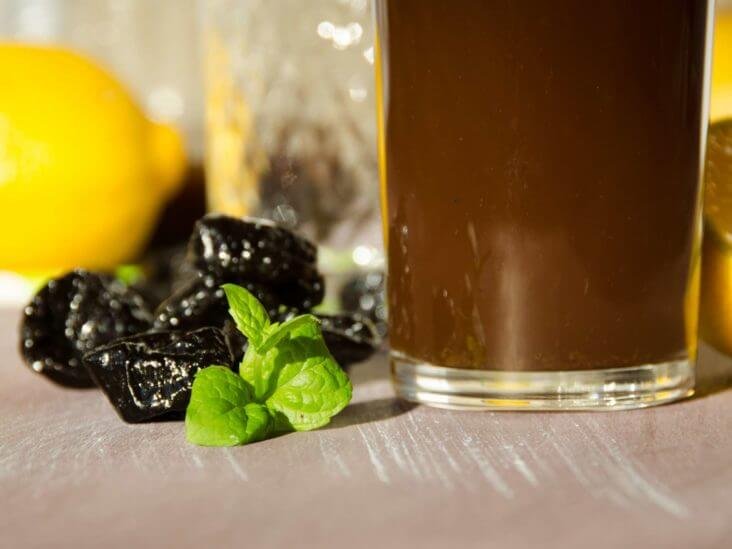
A bowel blockage is exactly like it sounds, a physicaly obstacle in your intestine resulting largely from food waste. It can leave you feeling constipated, and in pain. Bowel activity is an important part of our body, so taking care of it to aid bowel action is as important as caring for any vital organ.
One way blockages occur is if you suffer from Irritable Bowel Syndrome. While this disorder can over involve fluid bowel motion with diarrhea, it can include blockages and constipation. The buildup of food in the lower intestine can lead you to experience bowel blockage symptoms with IBS.
Inflammatory Bowel Disease is when your intestine becomes seriously sore and swells from the impact of bowel obstructions. An unpleasant feeling, the options for bowel obstruction of this nature typically involve surgery where available for faster acting relief.
These obstructions are typically nonmechanical bowel obstructions, however you may experience something called a pseudo obstruction. This is where the muscles of your digestive tract refuse to function normally, and artificially restrict food to create a quasi blockage that isn’t really there.

Obstructions often occur after abdominal surgery. If your medical team takes particular precautions, abdominal adhesions that develop after surgery may be avoided. Keeping the incision site wet rather than dry is one of them. Discuss with your medical team what efforts they may take to lessen your chance of adhesions following surgery.
Symptoms of an Obstruction
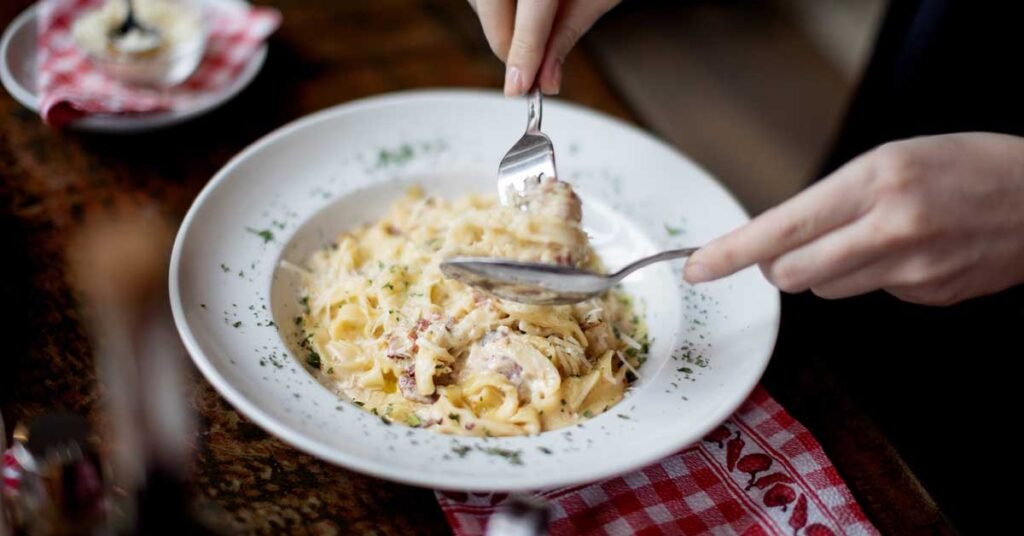
Severe abdominal and stomach pain is perhaps the most obvious symptom of a bowel blockage. It can leave you feeling in intense digestive distress, and may require you to seek out pain relief medication. While this will treat the symptoms however, it will not solve the root issue.
Stomach cramping is also common, similar to period cramping in women. You may need a specialist nurse or doctor to prescribe relief medication for these pains however, as your average over the counter pain killers will not be enough.
A specialist nurse or doctor is exactly who you should see if you begin to throw up as well. Vomiting is a nasty side effect of a bowel obstruction, and is something no one enjoys. This makes it especially difficult to ingest liquid meals and keep them down.
Doctor or nurse advice to drink frequent meals of fluid can also be hard, as obstructions can leave you feeling seriously bloated. Feeling full makes bringing yourself to eat very difficult, even with your favorite foods. You may consider devising a meal plan with your specialist nurse.

Loud and unpleasant sounds coming from your stomach can occur for many reasons, but an obstruction of the bowel is one. Especially if accompanied by a gassy feeling or the inability to actually pass gas. If this is the case, consider a low residue, minimal residue, or fluid base diet.
Fluid and low residue diets may also help you with constipation. This is the inability to pass stool, or to go number two if you want to put it politely. Many will tell you a fibre diet is great for digestive health, which is true, but fibre is difficult to digest and will very easily lead you to getting blocked up further.
Stages of Bowel Obstruction
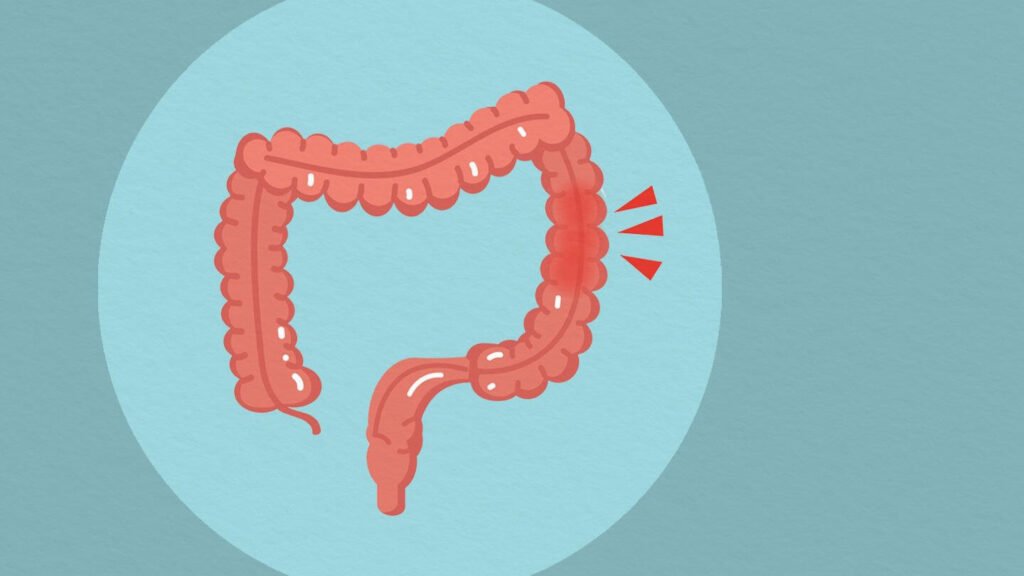
There are three stages of bowel obstruction, and each of them have different requirements. Stage One is relatively easy, although you are still suggested to stick to fluids. You can enjoy most liquids at this stage still, although taking proper care of your health is still important.
Stage Two however can’t have more viscuous liquids. Thin consistencies of water and store fruit juice is recommended. Stage Three, providing the previous stages have alleviated some blockages, should stick to soft foods and thin liquids.
The Liquid Diet
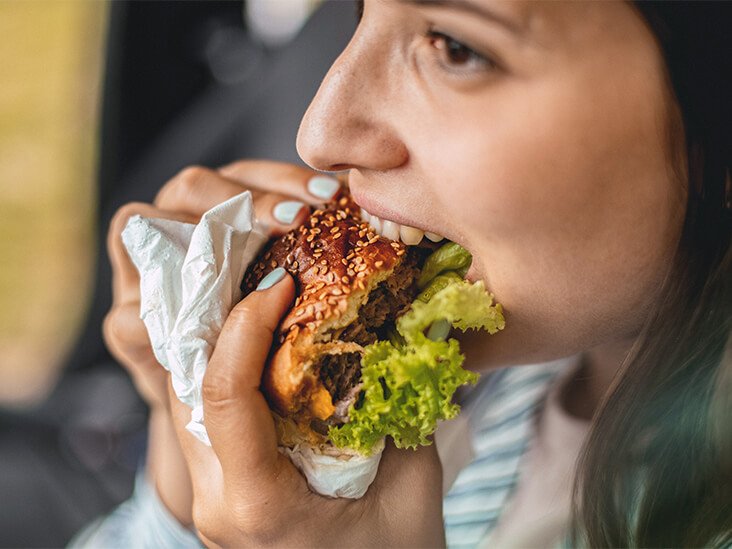
If the movement of food, or lack there of, is causing you difficulty then switching to a moist diet of only fluids sounds obvious. Avoiding high fibre foods thanks to which the pressure on the bowel increases, moist foods will quite literally flow right through you.
The obvious choice is a smoothie, perhaps the most famous liquid diet. Depending on the amounts of fruits you put in, and the types of fruit you put in, fresh fruit can go a long way. A portion of fruit for example such as prunes act as a natural laxative in smooth fruit juice.
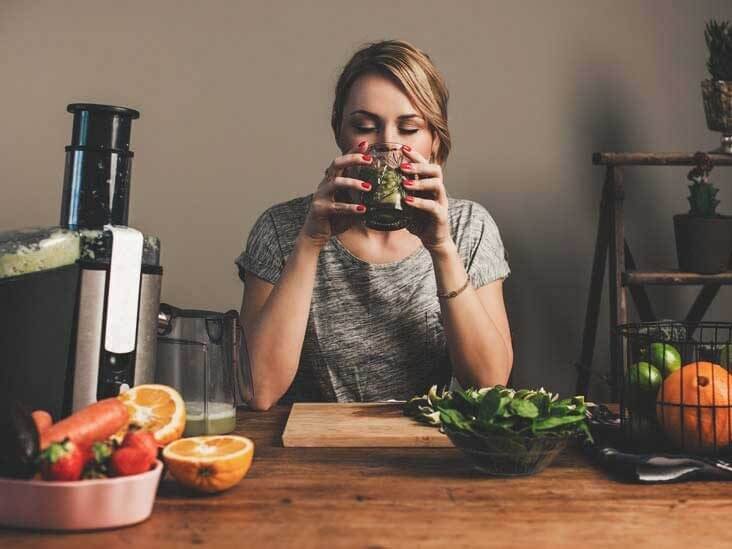
Citrus fruit is a popular way of fitting in your five veg and fruit per day, and make great smoothies. Especially fi you can’t enjoy citrus and berries in your usual favorite forms, such as fruit compote, fruit crumble, fruit fool, or fruit scones.
Fruit teas are also a good way to get natural nutrients and laxatives in your body, if you don’t want to spend so much time blending a portion of fruit per day. A portion of fruit with seeds can be annoying to remove, and fruit tea is not too dissimilar to fruit sauces found in fruit crumble or fruit compote.
While you should eat at least one portion of fruit per day, smoothies do give you at least some variety in this fruit per day quota. No matter your preference or favorite fruit dish, you can fit it into a blender and drink it right down to help your indigestion.
Low Residue Diet or Minimal Residue Diet

If moist foods aren’t for you, try a low residue diet or a minimal residue diet. Athough using grain foods, these diets differ from a fibre diet which can seriously cause further blockages and damage in your intestinal tract.
To improve symptoms, a low-residue diet is utilised to minimise the size or amount of evacuated faeces. On a low-residue diet, refined grains, soft fruits and cooked vegetables, well cooked meats, and dairy products free of fruit or nuts should be consumed.
A minimal-residue diet reduces faecal excretion as much as possible and can serve as a “cross” between fluid and low-residue diets. This sort of diet is usually indicated for those who have persistent bowel obstruction symptoms such abdominal discomfort, cramps, and bloating.
On a low-residue diet, people can drink clear, caffeinated, or carbonated drinks and fruit juices, as well as consume eggs, fruit fool, tender meat, and select white grains including pasta, bread, saltine crackers, and strained oatmeal. Individuals on a low-residue diet should consume at least one serving of citrus juice each day.
These make great alternative diets if you prefer the taste of your cooked foods in solid form, although make sure you’re clear about the aims and intentions of these diets. While one may be suitable for you, the other may not, while a fluid diet is a tried and true method of clearing obtructions.
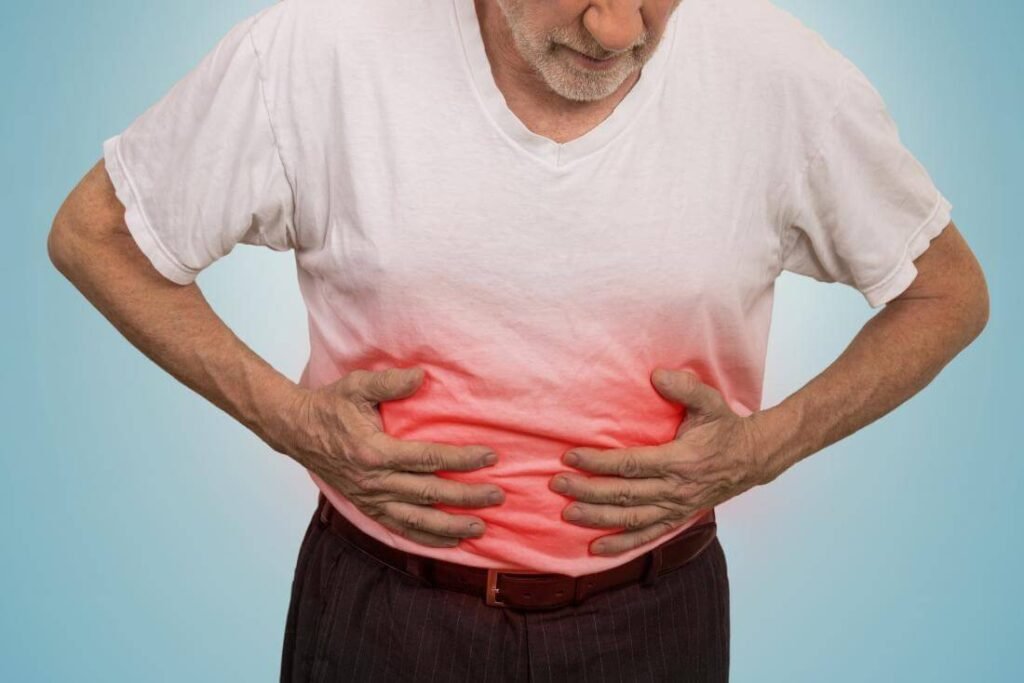
So why not try a portion of vegetables instead, but beware of fibrous vegetables as fiber foods can be disasterous. Dairy products can also help if you have milk powder or milk jelly available for consumption, to force the blockage to flush.
A good way to fit your favorite foods such as white rice or charred meats into your residue diet is to include creamy sauces. White rice in a creamy sauce with pasta or flaked crab meat can do down just as smoothly as ground rice pudding.
Just like ground rice pudding, it will also be easier for your stomach to digest and won’t cause a painful blockage. Other puddings e.g. custard creams may not have the same benefit. Egg custard goes down smoother than custard creams which are a hard biscuit treat, and not recommended.
Food to Avoid

While a portion of vegetables and fruit blended is fine, and some refined grains with coloured vegetables are helpful, fibre in foods can be problematic. Grain cereal e.g. cornflakes, bran flakes, wheat biscuits, or shredded wheat will cause blockages to intensify.
Similarly, bran cereals which are common in cereal bars can contain a significant fibre content. As such, you may be best finding other breakfast and snack foods for your day to day life while cleansing your bowel and clearing any obstructions.
Hard foods are also suggested to be avoided. While things like milk jelly, coconut milk, and mash potatoes go down smoothly, more solid foods will not. Solid, harder to digest and breakdown foods will only ad to your blockages, and are unlikely to dislodge a lot.



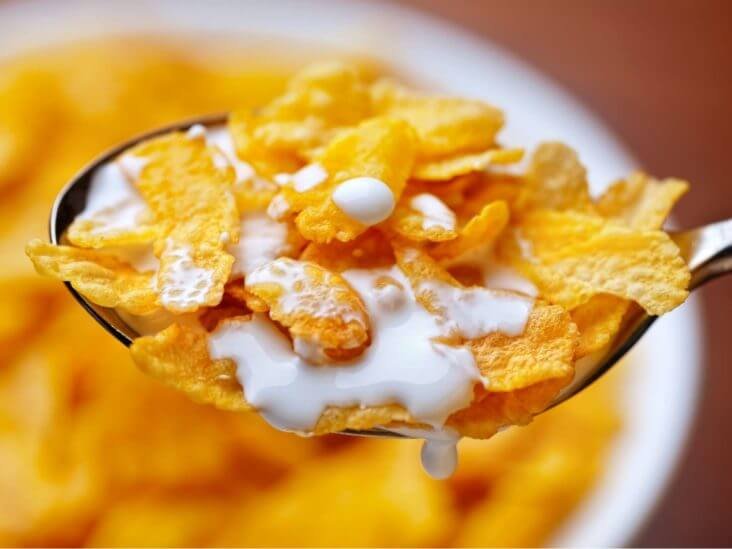

I recently suffered 2 episodes of small bowel obstruction a month apart – so extremely painful. Spent almost a week in the hospital with each with a tube run down my nose and throat to my gut to suction out the obstruction, with no intake of anything.
What I wanted to find during my research was a more definitive list of foods recommended to eat/consume and what foods to avoid to prevent another attack. One food I didn’t see mentioned was popcorn which I now known should be avoided. Also hard raw vegetables like carrots.